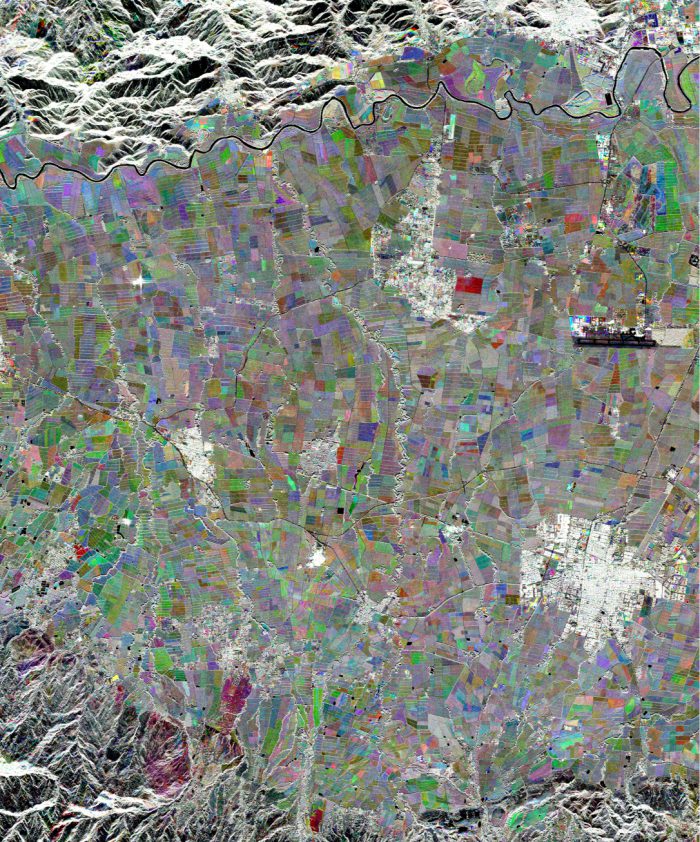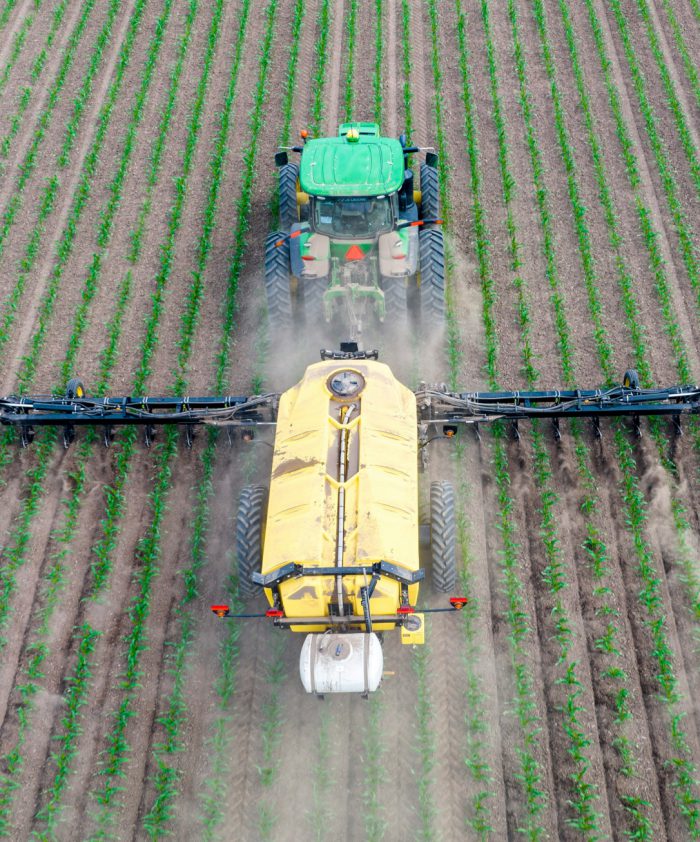Outputs
Expected results and impacts
During its lifetime, the DINOSAR project is expected to reach the following results:
- Develop prototype algorithms that integrates optical, Synthetic Aperture Radar (SAR) and infrared data;
- Identify observables describing the crop’s phenology and health;
- Test in real condition algorithms that can run operationally for the sugarcane sector in Colombia and collect positive feedback from future clients;
- Develop a methodology replicating the technology to other geographies and other crops.
Project Results Expectations
The algorithms developed during the DINOSAR project are expected to be used on future smart farming applications. These applications suggest high potential impact, especially environmental, societal, research & innovation, and economic impacts.
Indeed, the agricultural yield forecasting in combination with Copernicus-based mapping allows for general monitoring of the growing season, early warning of impending crises and supporting of crop and food supply assessment activities. At the medium and long terms, the project will actively contribute to the European Green Deal and the Sustainable Development Goals of the United Nations by contributing to i) ensure food security in the face of climate change and biodiversity loss, ii) reduce the environmental and climate footprint of the EU food system, and iii) lead a global transition towards competitive sustainability from farm to fork. It is important to note that the cultivation of sugar cane can generate different products such as the generation of electrical energy, bioethanol, sugar, paper, organic fertiliser, etc. as part of a green production model.

Science impacts
Improved crop monitoring under clouded condition is achieved based on Copernicus data
DINOSAR algorithms will be Copernicus-based and will integrate data from sensors the Copernicus Sentinel 1 (SAR) and Sentinel 2 (optical). The algorithms will increase scientific understanding of measuring and modelling weather prediction. These tools will mainly enable farmers’ uninterrupted capacity to monitor crops phenology and health under cloudy conditions. Farmers will be able to visualise and anticipate crop development, seasonal conditions, chemical input doses (fertiliser, ripener, biostimulants), (In the case of El Valle del Cauca – Colombia, sugarcane cultivation does not use pesticides, a strict biological control program for pests was implemented decades ago and the varieties (Cenicaña) have resistance to known diseases as a selection parameter, Perhaps in other countries the detection of pests and diseases could be validated with these measurements and estimates) and irrigation applications on actual crop requirements. This key information will guide them in their day-to-day decisions about chemical doses and irrigation applications. Production managers will also increase their visibility of production logistics linked to mill cash-flow.

Environmental and societal impacts
Up to 20% reduction in water use
The DINOSAR consortium estimates that smart farming applications could reduce up to 20% water volume for irrigation while maintaining yield levels. As water is mainly applied with pumps (water sources: river and wells), this reduction in water use linearly results in a reduction of up to 20% energy use, supporting decarbonization of the sector. It is important to clarify that in El Valle del Cauca, most of the fields are irrigated by a gravity system with pipes and small windows, and to a lesser extent central or lateral pivot irrigation systems and drip irrigation systems.
Up to 15% reduction in fertiliser, ripener inputs in sugarcane farming which represents one of the largest volume crops in the world.
The DINOSAR consortium is expected that future smart farming applications using DINOSAR algorithms will reduce up to 15% the fertiliser, combining measurement variables of chemical and physical soil conditions and variables such as biomass to strengthen fertiliSer recommendation models, chemical ripener use while maintaining yield levels. This medium term challenge implies a 16 kg/ha reduction of chemical inputs.
In 2022, 198,000 hectares of sugarcane was harvested in the Cauca Valley in Colombia. Extrapolating this figure leads to a potential reduction of 3,168,000 kg of chemical inputs only in the Cauca Valley area. The world’s total sugarcane area harvested has been estimated at 26.4 million ha in 2021, which clearly demonstrates the potential impact on a global scale.
Economical impacts
In the medium and long terms, the operational DINOSAR algorithms are expected to be marketable solutions in the sugarcane sector, and more broadly to other geographies and crops due to the developed replication methodology.
Improved site-specific weather forecasts and irrigation advisories will contribute to limiting food production losses due to adverse weather and water consumption due to mismanaged irrigation. Uninterrupted capacity to monitor crop development creates insight in expected harvest volumes as early as four months into the season. This progress will ensure that sugarcane mill managers and logistics operators can plan more efficiently and manage the input volumes at the mill better. In addition, DINOSAR facilitates that timely mitigation measures are implemented where the crop is underperforming.
Early yield leaves enough time to plan and implement mitigation measures to improve performance where needed. Sugarcane farmers and mill field managers will improve overall production.
Over the last decade, roughly 60% of the production costs on sugarcanes are made in agricultural inputs such as fertilisation and in logistics around harvesting operations. Bottlenecks to reducing these costs are: i) low insight in fertiliser requirements and ii) low insight in the expected sugarcane volumes at the mill. The solutions offered by DINOSAR will lead to production optimization, saving time and personal costs and will lead to fertilisers and agrochemicals cost reduction. The recent trend reveals that fertiliser prices have more than doubled in recent years in Colombia, representing a major cost component. The algorithms developed for the crop diagnostic and monitoring tool will enable sugarcane farmers and mill field managers better conditions.
